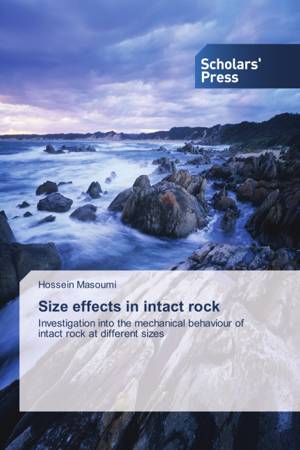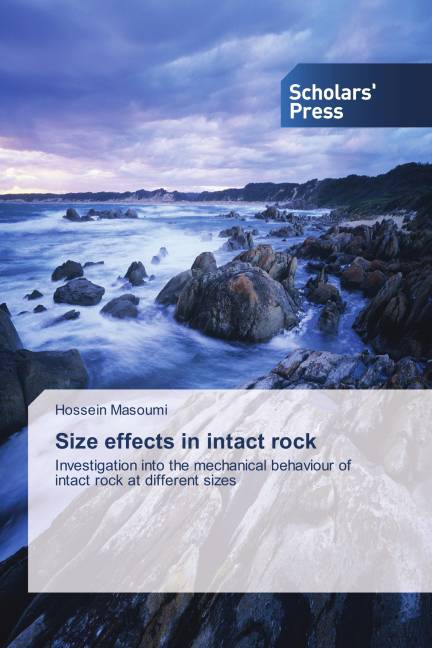
- Afhalen na 1 uur in een winkel met voorraad
- Gratis thuislevering in België vanaf € 30
- Ruim aanbod met 7 miljoen producten
- Afhalen na 1 uur in een winkel met voorraad
- Gratis thuislevering in België vanaf € 30
- Ruim aanbod met 7 miljoen producten
Zoeken
Size effects in intact rock
Investigation into the mechanical behaviour of intact rock at different sizes
Hossein Masoumi
Paperback | Engels
€ 75,45
+ 150 punten
Omschrijving
The design of structures on or within a rock mass requires an estimate of the strength of the intact rock blocks within the mass. These blocks of rock can be many orders of magnitude greater in size than laboratory samples typically tested. The properties obtained from these samples must therefore be scaled to equivalent field values. This work investigates current methods for scaling strength and other rock properties and, in lieu of noted limitations, presents a new constitutive model for intact rock that incorporates size effects. A suite of laboratory testing was performed on samples having a range of sizes including point load, uniaxial and triaxial compressive tests. The majority of the material tested was Gosford sandstone, however, testing on other rock types was also performed. A unified size effect law, based on work by Bazant involving fracture energy as well as fractal theories, was shown to suitably match the ascending and descending UCS trends obtained from Gosford sandstone as well as other rock types. The law was also used to match the size effect trends of point load results.
Specificaties
Betrokkenen
- Auteur(s):
- Uitgeverij:
Inhoud
- Aantal bladzijden:
- 336
- Taal:
- Engels
Eigenschappen
- Productcode (EAN):
- 9783639660456
- Verschijningsdatum:
- 28/08/2014
- Uitvoering:
- Paperback
- Afmetingen:
- 150 mm x 220 mm
- Gewicht:
- 494 g

Alleen bij Standaard Boekhandel
+ 150 punten op je klantenkaart van Standaard Boekhandel
Beoordelingen
We publiceren alleen reviews die voldoen aan de voorwaarden voor reviews. Bekijk onze voorwaarden voor reviews.











